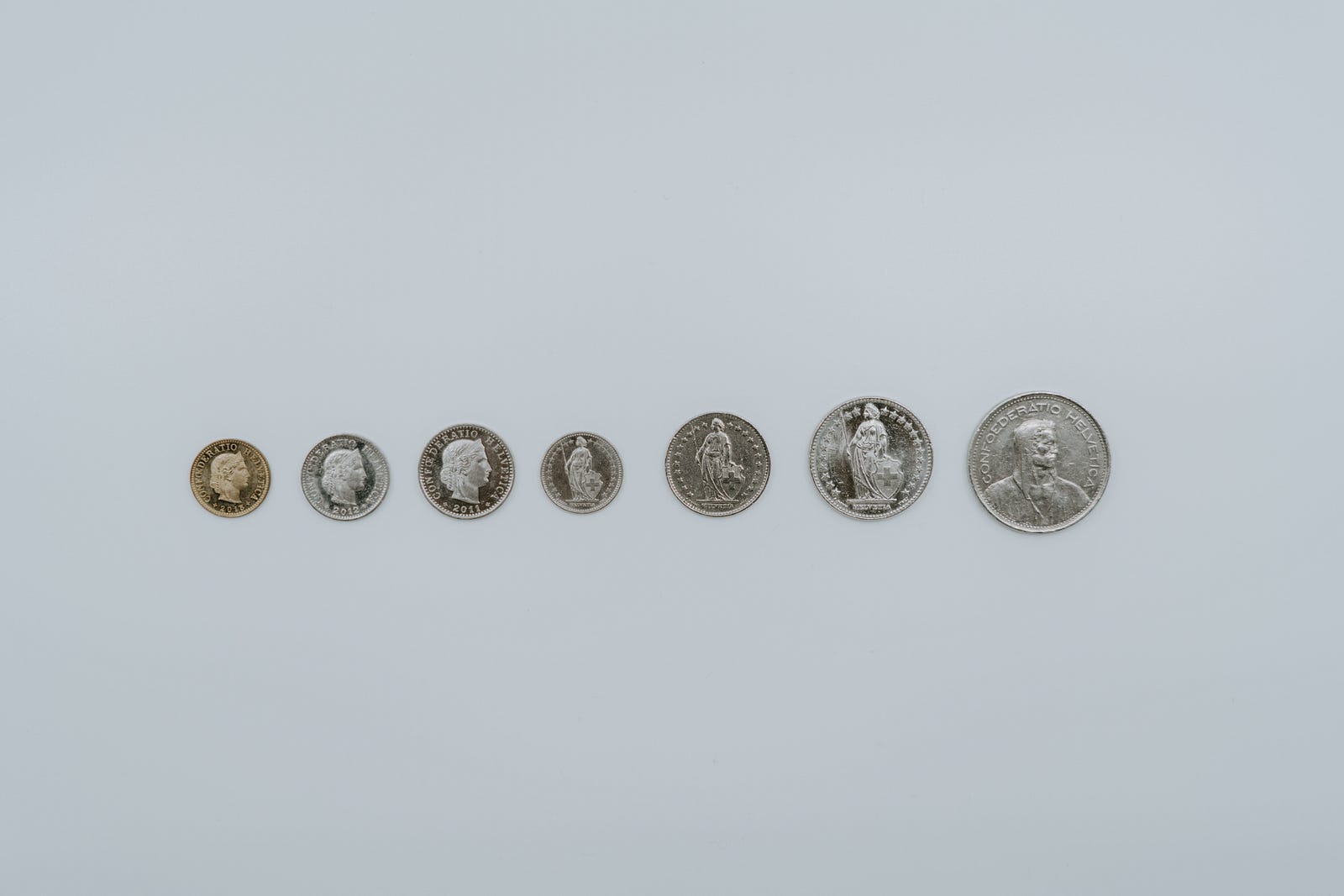Legendary investor Benjamin Graham had a very simple answer for this question and I want to tell you all about it.

One way or another, we are all trying to save some money.
Regardless of whether our earnings are daily, weekly, monthly, or unsteady, we all know that a certain percentage must be set aside. Sometimes it’s for possible future emergencies, a house, a car, or maybe a ticket that will get you a seat at the space shuttle to Mars.
One other thing many people share is also the feeling that our savings are not growing at a sufficient rate by itself. No matter our motivation or the amount of our savings, when we put some money aside, it’s either consumed by inflation or losing its value against other countries’ currencies and pulling our purchasing power down. So it needs to be invested in to provide meaningful growth.
I am not going to give you investment advice and tell you what will be the next big hit in the markets. Because growing savings is never about making a big hit with your money. Instead, it’s about consistent growth. Most people don’t like this idea, because it doesn’t sound sexy, to be honest.
Intuitively we tend to think, what is the point of making 8% a year on my savings? It won’t make me rich at this rate. If you feel like this, you underestimate the power of compounding.
What if I told you that if you’re able to make an 8% return on your investment annually, you’ll be able to double your initial investment in 9 years. Also, this is excluding any money that you’ll add to your savings during this period. They’ll also be compounding on top through the years and make a significant sum in the long term.
The Rule of 72
My calculation here solely based on the legendary investor Benjamin Graham’s rule of 72 that he explains in detail in his book The Intelligent Investor.
According to the rule of 72, when you divide the rate of the annual return/interest rate to 72, the result gives you the number of years that are required to double your money.
If you want to deep dive into the math behind it, the long formula to calculate these required years is:
T= ln(2) / ln(1 + (r / 100)) ≃ 72/r
where:
T=Time to double
ln=Natural log function
r=Compounded interest rate per period
≃=Approximately equal to
As an example, if we put our 8% annual expected return to the formula, it would bring T = ln(2) / ln(1 + (8 / 100)) = 9.006 years, which is very close to the approximate value obtained by (72 / 8) = 9 years.
Would This Rule Work Regardless of the Amount?

The number 72 is working well when the annual return stays within realistic intervals.
Considering the company of the biggest investor of our time, Berkshire Hathaway, has posted average annual returns of 17.1% since 1985. In the same period, the broader stock market brought around 10.5% annually, including dividends; this value would be valid for most cases(CNBC, 2020).
However, if you aim a higher return, then the result of our extended formula and the result from the rule of 72 would stay far from each other.
To prevent this gap from growing, you would also be forced the raise the number 72 gradually.
For ex. if your expected return is 20% per year, the formula would bring T = ln(2) / ln(1 + (20 / 100)) = 3.801784 and 72/20=3.6 years.
As you see, there is a gap between the results, and so, the number should go as high as 76 to give you the exact result 76/20 = 3.8 with the formula.
The Primary Use of the Formula
Considering that the rule of 72 is not a rule that is working as precise as the compound interest formula, you shouldn’t seek the exact precision with this rule.
However, even in the example above, I’ve shown that the increasing return rate grows the gap. A 20% target that is as high as beating the world’s 3rd richest man is only off by 0.2 years.
Therefore, with the rule of 72, you may quickly find the approximate time that needs to be passed to double your money by consistently growing your investment. Yet, it’s never meant to be used for complex calculations and precise time measurements.
Originally published at Medium on July 13, 2020.
If you liked my piece, I believe you would also be interested in the following article: The Biggest Wealth Transfer in Decades
Following the capital reveals how wealth has shifted between different kinds of businesses and individuals during the…medium.com
Subscribe to my newsletter to get the future articles in your mailbox!
Disclaimer: This article is provided for informational or educational purposes only and is not any form of individualized advice. Use this information at your own risk.
References
Graham, Benjamin. The Intelligent Investor. Revised Edition ed., Collins Business Essentials.
